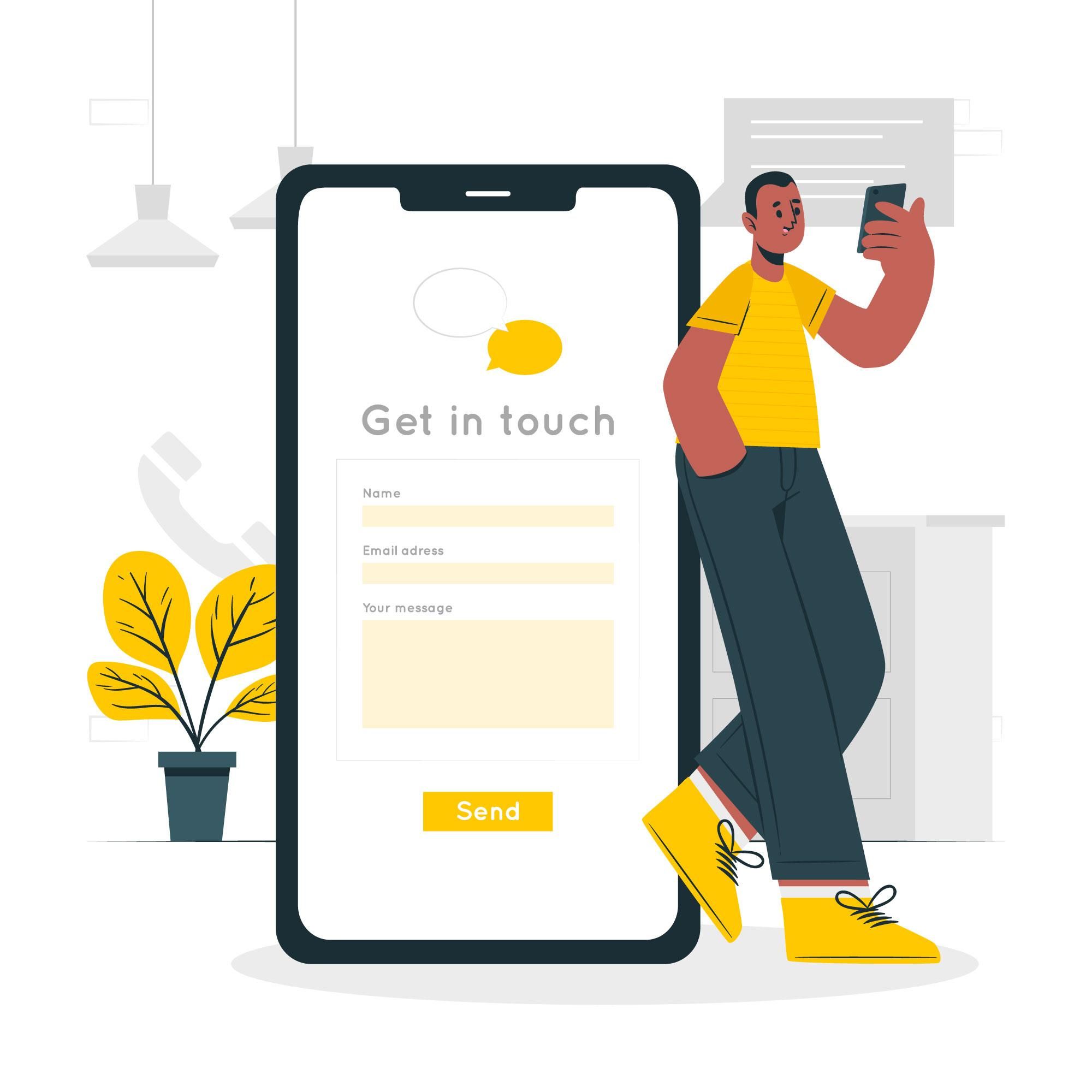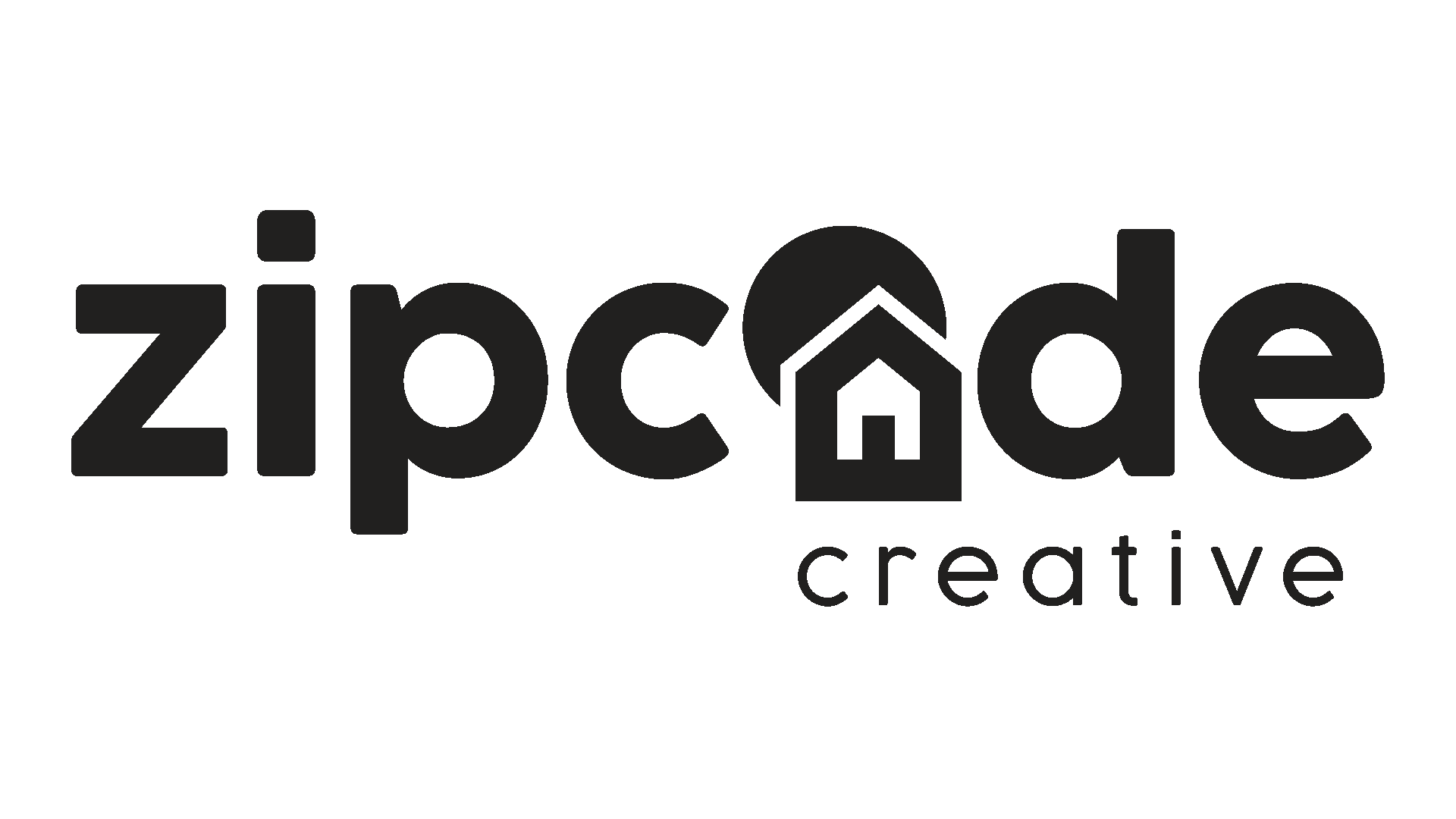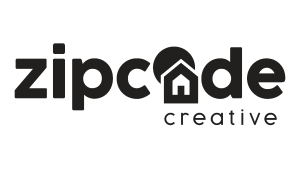
Web Forms for Multifamily Lead Capture
Stacey Feeney
Get web visitors to convert by thinking more strategically about your forms.
In a sea of competition, sometimes it can be tough to generate those leads you’re looking for. If you’re getting good website traffic, but your visitors aren’t converting into leads, it might be time to start digging into the “why.”
One often overlooked—but incredibly impactful—part of your website is the way you’ve designed your web forms. If you’re asking web visitors to enter their information to sign up for a tour, join your newsletter, or get in touch with your leasing team, take a closer look at the form design to determine if it could be the culprit in your low conversion rates. Capturing leads on your website is an important way to get prospective residents’ information—and making those forms as seamless and easy-to-use as possible is integral to high conversion rates.
Learn more about web form design and how to be sure you’re using best practices throughout your community’s website.
Why Web Forms are a Must for Multifamily Communities
Instead of just having hundreds of anonymous website visitors, web forms allow you to collect leads’ information, like their name and email address, so you can engage with your target audience in a more dynamic way. You can use forms in many places on your website, from the contact page to the homepage to specific landing pages.
No matter where you use the forms, once a visitor fills it out, they’ve converted into a lead. As a result, you’ll be able to market more effectively to them, from sending marketing emails to having your leasing team reach out about scheduling tours.
Steps to Creating a High-Converting Form
Whether you need to redo your existing forms or are implementing them for the first time, all it takes is five simple steps.
- Look at Form Placement on the Page
If you have existing forms that aren’t performing, the first thing you need to do is look at where they are on the webpage. For the best performance, forms should always be above the fold—this means that the visitor shouldn’t have to scroll at all to see the form on the page. Instead, it should be one of the first things they see—if not the first—as soon as they land on the site. That way, it’s top of mind and they’re more likely to engage and enter their info right away. - Optimize for Mobile Visitors
Roughly half of all web traffic comes from mobile devices. To capture this audience, it’s important to think about your form design not only from a desktop perspective but from a mobile one, too. Because smartphone screens are smaller, you should remove any unnecessary fields from the form, making it as short as possible. Be sure the form is also responsive, so it automatically adjusts to the visitor’s screen size. And remember: when it comes to forms, simpler is always better. - Consider a Pop-Up
Pop-up forms, on average, have over a 3% higher conversion rate than static forms. These eye-catching alternatives draw the visitor’s attention and are often easier to fill out than other forms, making the barrier to entry much lower. You can even offer incentives, like discounted rent or free amenity fees, for those who act fast and enter their info into the pop-up to increase engagement even further. - Create a Strong Call-to-Action
Calls-to-action, or CTAs, are integral across your website—but they’re even more important on your forms. Creating a clear next step for visitors will make them more likely to engage, upping your conversion rate and increasing the odds that you’ll be able to connect with prospective residents.Like with CTAs in other places on your site, infuse your CTA with urgency. Use words like “now” or “today” and consider adding personalized words like “you” or “our.” This will help build a stronger relationship with the reader and make them more likely to submit. - A/B Test a Few Options
When it comes to digital marketing, there’s no more powerful tool than A/B testing. Creating two different versions of your forms and assessing which performs better allows you to get into the heads of your target audience. You can test everything from the colors and style of the form to the CTA to the available form fields. Just be sure not to only test one variable at a time, or you can skew your results.By following these steps, you’ll be able to transform your forms from clunky and ineffective to lead-capturing powerhouses. But if you feel like you need a little added help, let zipcode creative take the lead. From building community websites from scratch to overhauling the design and user experience, we’re seasoned at working in the multifamily space to help our clients increase conversions, lease-up faster, and cultivate amazing brand recognition.


